
Route around the old coast
I’d always thought of the Zuider Zee as being a large body of water in the north-east of Holland. It’s not, though- in fact, it hasn’t existed since 1932, the year that the Dutch finally completed the 20 mile barrier known as the Afsluitdijk. This cut off the Zuider Zee from the North Sea and the enclosed body of water was henceforth called the Ijsselmeer (the lake of the river Ijssel).
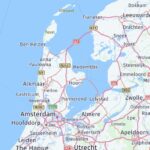
The Ijsselmeer- Zuider Zee that was
By the end of the 1960s, the Dutch had reclaimed 545 square miles of the sea bed to create the province of Flevoland. That’s the sort of thing that they do, the Dutch. If they need a new county, they go and make one. However, a channel was left between the new land and the old coastline, preserving the access to the ‘sea’ for the old fishing villages and towns. A journey along this channel provides an opportunity to see what remains of these locations.
The Ijsselmeer has an area of 420 square miles, but an average depth of only 18ft. Every Dutch sailor knows that when the wind blows over this shallow water, a choppy swell rapidly builds up. Force 4 over the Ijsselmeer is like Force 5 acting on deeper water. Our adventure in 2018 began in the area of water called the Ketelmeer, marked (1) on the large scale map, situated to the north of the land known as East Flevoland. A Westerly Force 4 was in operation. Suffice to say, we were motoring with no sails up; it was a circus act to get from the cabin to the tiller. We had entered from the Zwarte Meer and heading south-west, aiming for the masts in the distant Ketelhaven marina. There are no less than 4 channels heading east off the Ketelmeer, and we wanted was the last one, turning to port just moments before colliding with the ramparts of the northern edge of the land.
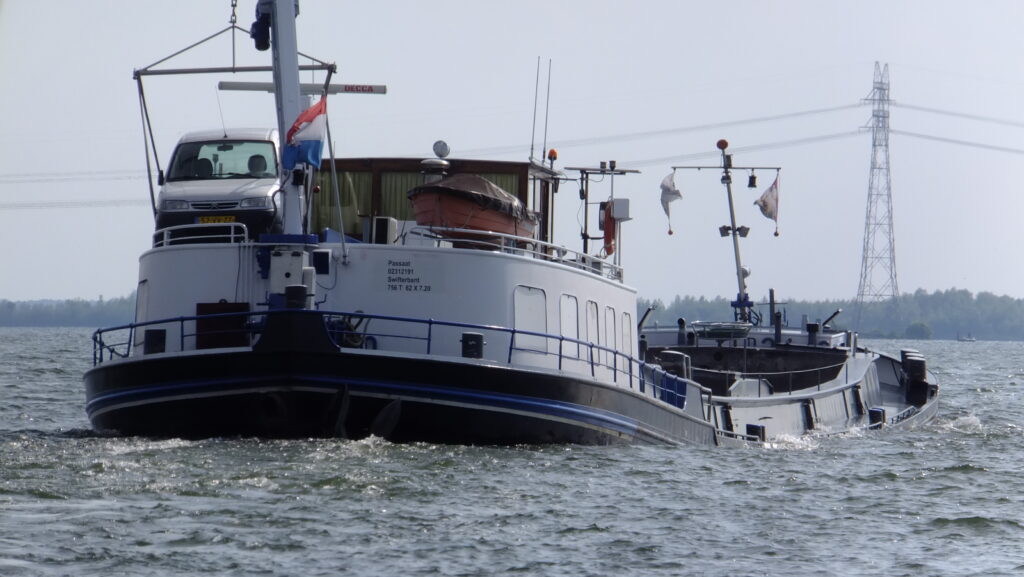
Sharing the old coast with laden barges
As soon as we turned and headed east, the wind came behind us and things became much easier. After the first of two shallow locks we raised the staysail and then the main and began our long swing around to the south, following what is (at first) quite a narrow channel. As we did so, we came progressively more close-hauled, and the breeze became more unreliable, hitting us with a random series of gusts. With each gust, the boat heeled and recovered; we had no alternative heading in the channel, and eventually gave up and motored.
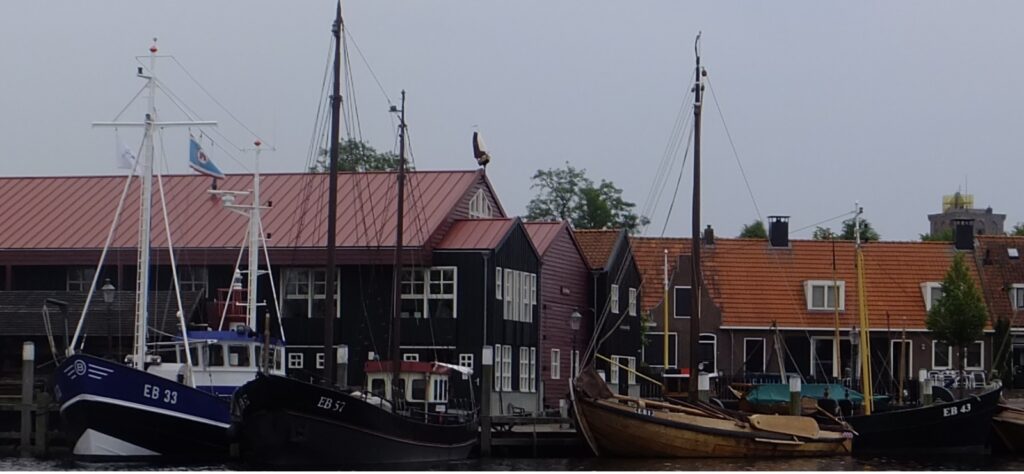
Elburg museum
The first port of call was Elburg (2). The approach to the town is via a canal which tee’s off the channel and which is lined with moorings on the starboard side. There is no tide. Elburg should be a difficult place to like, with unaffordable boats and boatyards lining the opposite bank of the canal and milling tourists lining the streets in the town centre, but in fact it is delightful.

Elburg- delightful in the evening light
The old town is set on a square grid, surrounded by an embankment and the remnants of the old circumference canal, and is a well-preserved, cosy Hanseatic League town from the end of the 14th century. A few of the traditional Botter boats (heavy, half-decked sloops) tie up at the blind end of the canal and a museum shows their construction.

The bridge at Elburg, linking the mainland to Flevoland
Next up was Harderwijk (3), a larger town with a blizzard of navigation buoys on Chart E of the indispensable ANWB Waterkaart paper chart series. The channel has opened up to a width of about 1 kilometre by this point, and the N302 road jumps from Harderwijk to the Flevoland coast via an aquaduct followed by a bridge. The approach to the town is via the aquaduct. Two assumptions are made of every visitor to the town; firstly, that you have come to visit the Dolphinarium, and, secondly, that you wish to moor in the new marina. Neither is compulsory. The old Vissershaven is cosy (i.e. small – you may have to moor on the side away from the town and exit from the roof of your Finesse) but this is the location of the harbour office and (through a small lift-bridge) some more venerable boats tie up.
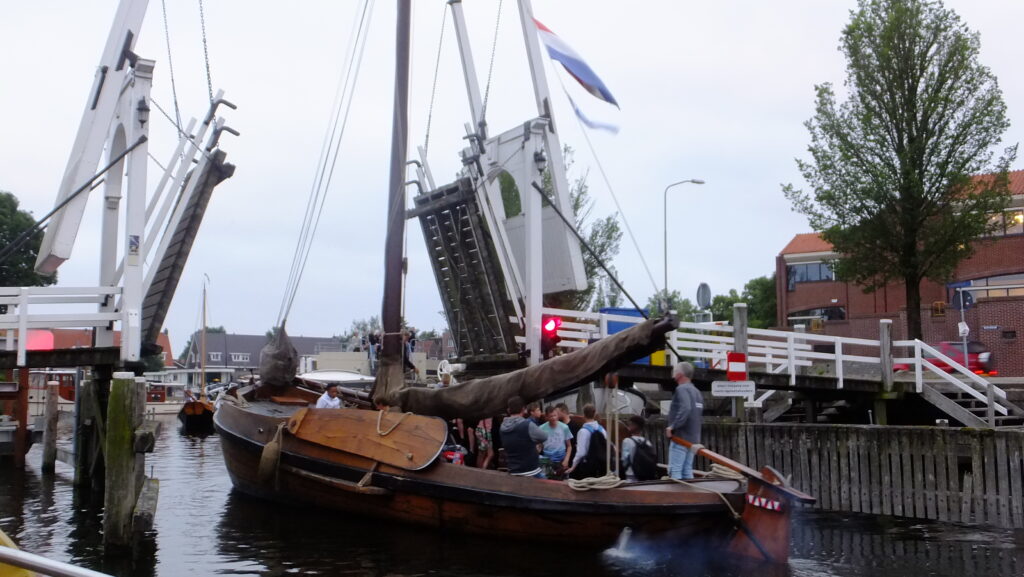
A Botter on an evening excursion
Harderwijk is a good place to mooch around, grab beers and ice-cream, slouch along shopping streets and wander around the excellent gallery devoted to the artist Marius Van Dokkum. Avoid the small beach, since the local dog-owners clearly do not. Otherwise this is an excellent place to gain a sense of what a significant presence the Zuider Zee would have been in the days before the Afsluitdijk.
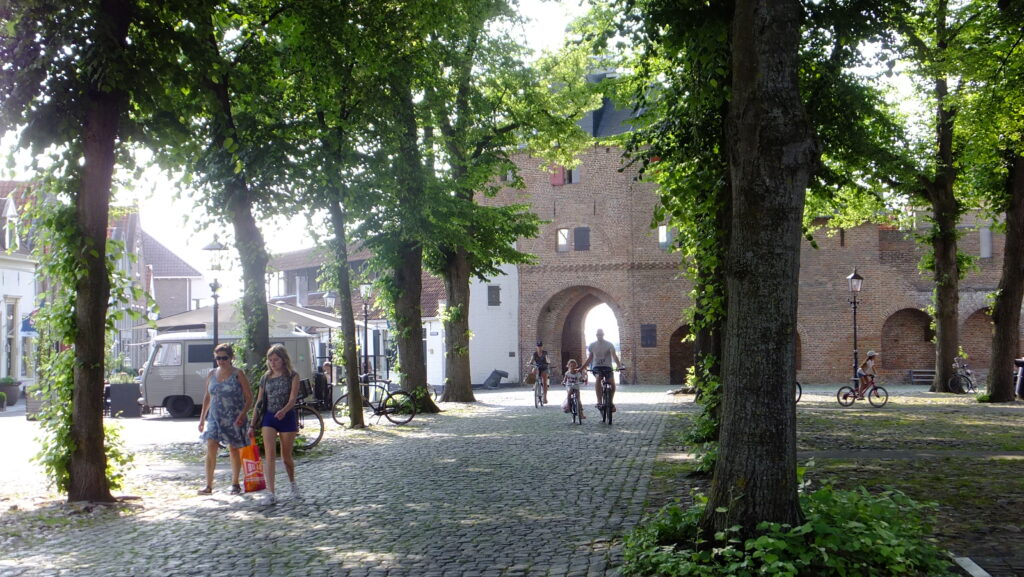
An old arch in the perimeter of Harderwijk. Beyond- the Zuider Zee!
Next: Bunschoten-Spakenburg, home of the Botter fleet.



Remember it well!